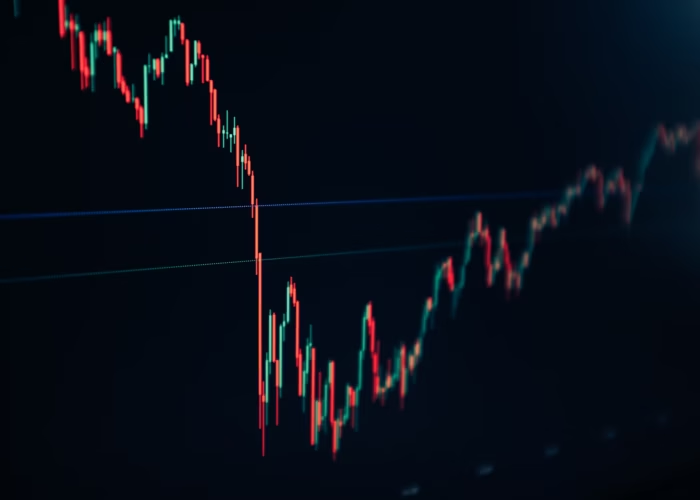Early results from a test array in Germany using bifacial ‘BiSoN’ module technology have indicated significant yield gains compared to a nearby reference site using standard modules.
Analysis by German research institute ISC Konstanz of a 4.4kW bifacial system on Reichenau Island on Lake Constance at the end of 2015 revealed average yield was 120% higher than that of a standard monofacial array 7km away.
Unlock unlimited access for 12 whole months of distinctive global analysis
Photovoltaics International is now included.
- Regular insight and analysis of the industry’s biggest developments
- In-depth interviews with the industry’s leading figures
- Unlimited digital access to the PV Tech Power journal catalogue
- Unlimited digital access to the Photovoltaics International journal catalogue
- Access to more than 1,000 technical papers
- Discounts on Solar Media’s portfolio of events, in-person and virtual
Or continue reading this article for free
ISC Konstanz cautioned that the results were only indicative as the two systems involved did not share the same characteristics and were based on only one month of field data.
Nonetheless, the institute said the findings, gathered between 27 November and 23 December 2015, represented the first “significant and trustworthy estimation” of the production gains offered by bifacial modules.
The bifacial array uses 16 BiSoN modules manufactured by Italian firm MegaCell, which incorporate technology initially developed by ISC Konstanz.
According to the institute’s analysis, the bifacial system demonstrated a daily average production of 1.8kWh/kWp compared to 0.8 produced by traditional monofacial modules.
ISC project manager Dr Joris Libal, said this “noteworthy difference” is due to the high incidence of diffused light caused by winter cloudiness; in such conditions the traditional monofacial module is at a disadvantage as it produces power only from the front, whereas the bifacial module can also rely on the contribution from the rear side.
Because in sunny conditions this difference would be lower, as the front efficiency of the module would be proportionately bigger, the overall yearly yield gain from the bifacial module would be less than the +120% recorded during the sample month – between 25 and 40% over a typical year, according to ISC Konstanz projections. Libal told PV Tech even this level of bifacial gain was “impressive”.
Libal said depending on the availability of manpower and resources, ISC would like to carry out further analysis of the bifacial array’s performance.
Bifacial prospects
Since the BiSoN cell technology was licensed to MegaCell in 2014, the Italian firm has become one of the early pioneers of bifacial technology. The company is currently building what would be the world’s largest bifacial array, a 2.5MWp plant in Chile.
With the higher yield it offers for a comparatively lower levelised cost of electricity, bifacial is being touted as a key next-generation technology in PV arrays.
“The greater productivity of the bifacial BiSoN module compared to the traditional monofacial concept, especially during days with a poor level of irradiation, demonstrates that the highly efficient bifacial technology…surely represents the future of the photovoltaic industry,” MegaCell’s statement on the test results concluded.






